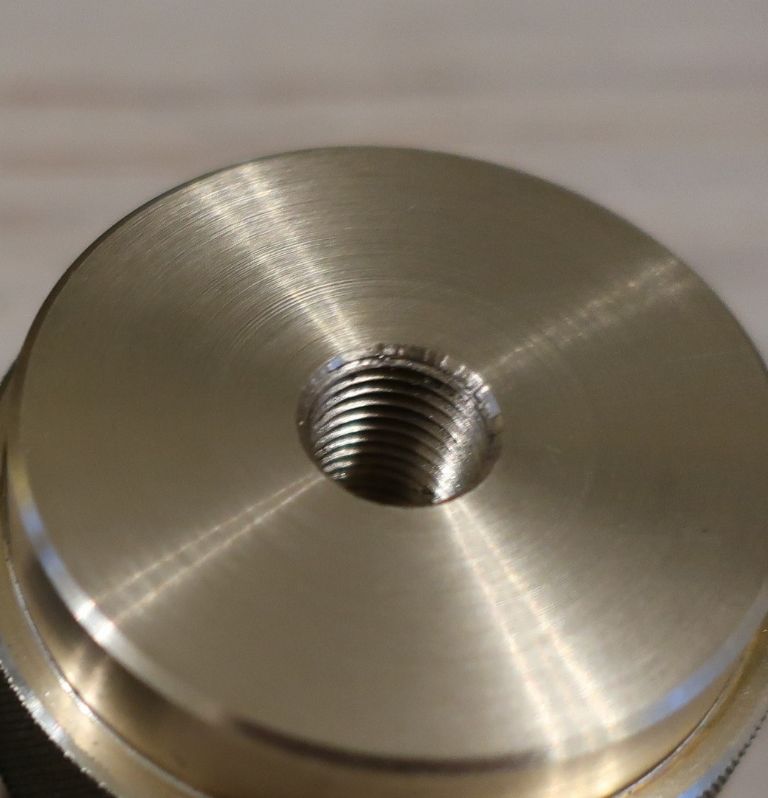Sam
You are thinking of serial tap sets. Usually two or three in a set. Specifically intended for harder and more obdurate materials because the first, and second if its a set of three, don't cut full depth reducing the cutting force and chance of breaking. Typically the first tap in a set of three cuts 1/3 rd of thread depth, second tap cuts to 2/3 rds depth and the third one finishes it to size. In two tap sets the first tap goes to half thread depth.
Generally I buy serial form sets these days when I want hand taps. Its arguable that spiral point machine taps could be a better bet for general purposes. Serial taps can have issues with gummy materials and don't do well with plastics where threads almost invariably come out undersize.
In M10 x 1 the serial set is commonly two taps so just using the first may well be too small for DiogenesII. I've used the first two of a set of three to get a tight thread with every success. Maybe M8 x 1.
M10 x 1 serial sets are about £27 on E-Bay from DavetheTools (who I buy from) and Rotagrip. Good quality Volkel brand.
DiogenesII
Jasons boring bar / threading set is infinitely better than the one I bought 40 odd years ago. Mine actually take teeny-tiny round bits which, in retrospect, is probably not a terribly sound design.
If you get Jasons set you will almost certainly have to grind the bottom for clearance. Best to spend some quality CAD time drawing the tool shape inside a circle to figure out the amount and angles needed to get clearance. The amount of material needing to be removed can be surprising. There is a sketch in my album showing how to go about this but the samples don't go small enough for you. When working by eye prior to doing the drawings I consistently failed to remove enough material at the bottom of the heel and, usually, a bit too much from under the front.
If you grind your own the neck of the shank can be sort of offset oval in shape taken out of a significantly larger diameter shank rather than simply round which usefully increases stiffness in these small sizes. Naturally the maximum longitudinal depth that can be cut is pre-determined by how long a neck you grind. The style Jason has with a longer, constant diameter shank is much more versatile but less stiff. Obviously you set up with the absolute minimum stick out.
Clive
DiogenesII.


![20220925_095910[1].jpg 20220925_095910[1].jpg](/wp-content/uploads/sites/4/images/member_albums/44290/913711.jpg)
![20220925_101753[1].jpg 20220925_101753[1].jpg](/wp-content/uploads/sites/4/images/member_albums/44290/913712.jpg)



